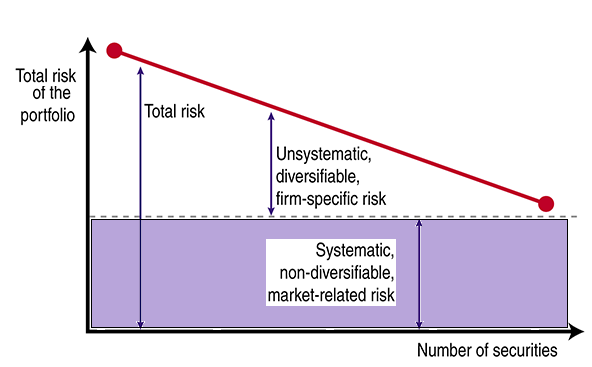The process of diversification of investment portfolio has various phases involving investment into various classes of assets like equity shares, preference shares, money market instruments like commercial paper, inter-corporate investments, certificate of deposits etc. Within each class of assets, there is further possibility of diversification into various industries, different companies etc. The proportion of funds invested into various classes of assets, instruments, industries and companies would depend upon the objectives of investor, under portfolio management and his asset preferences, income and asset requirements.
A portfolio with the objective of regular income would invest a proportion of funds in bonds, debentures and fixed deposits.… Read the rest

